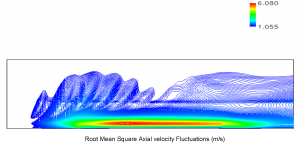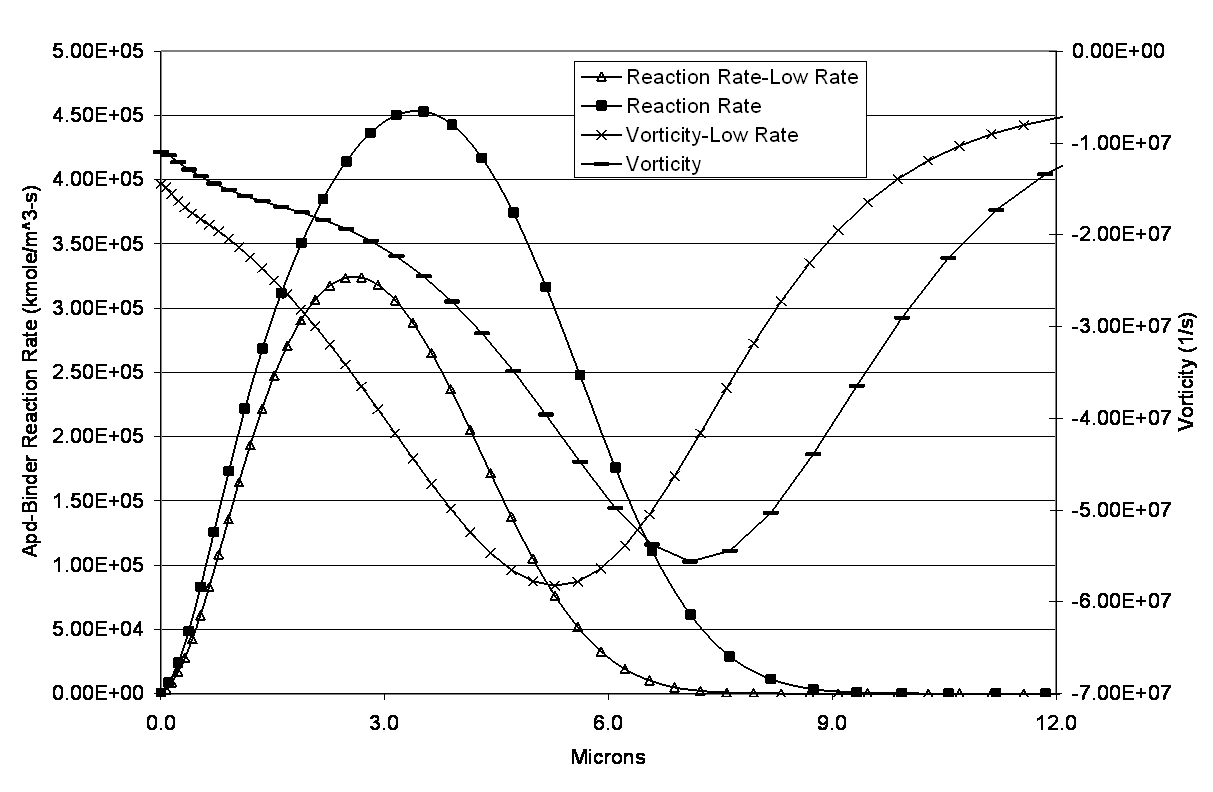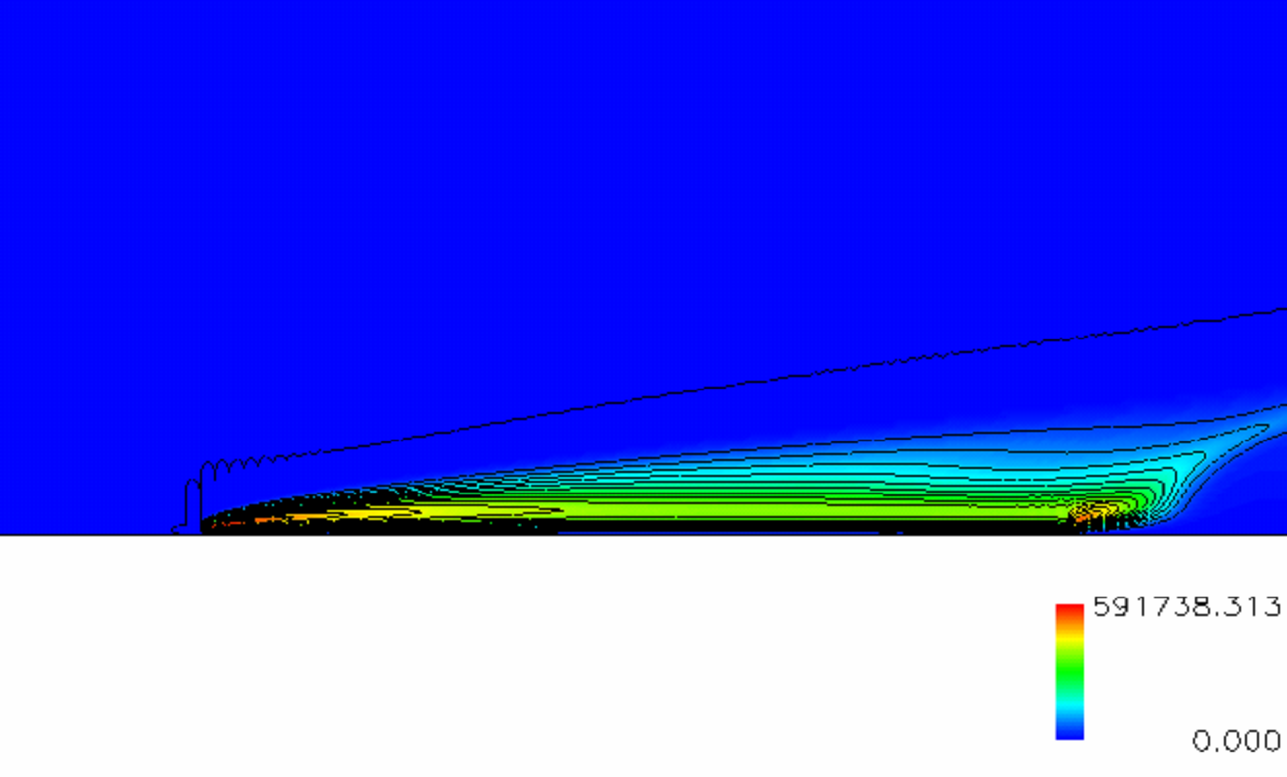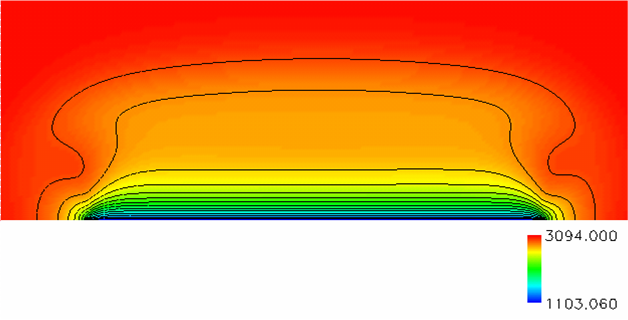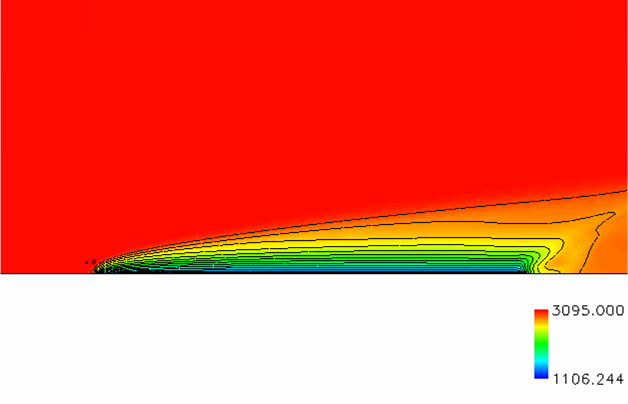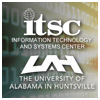Solid Rocket Motor Erosive Combustion Modeling
UAH worked with the Marshal Space Flight Center and Jacobs Engineering in the field of solid rocket booster modeling focused on the design and development of the Reusable Solid Rocket Motor-Five (RSRMV). Two tasks included: a direct numerical simulation of erosive burning and an ignition transient model.
Direct numerical simulation (DNS) is being used to develop an erosive burning model of the booster. DNS resolves all relevant turbulent scales, and is capable of resolving several primary flames, such as the Ammonium perchlorate (AP) decomposition flame, and the decomposed AP and binder fuel flame. The objective of the work is to construct a model of the combustion zone and calibrate the model, without cross-flow, to strand burn rate data. Once the model is calibrated, cross flow will be added to the DNS calculations to investigate the propellants increase in burn rate due to a tangential gas velocity at the surface. A function of propellant burn rate augmentation versus cross flow Mach number will be generated, and incorporated into an interior ballistics analysis of the RSRM for the purpose of performance and peak chamber pressure predictions.
UAH also developed an ignition transient model for the RSRMV. The RSRM has historically had what is classified as a hard ignition. The pressure rise rate of the motor is not smooth and continuous, but has wave content that generates unwanted thrust perturbations. UAH added a flame spreading model to an existing transient internal ballistics program that will be calibrated to previously obtained RSRM test data. The objective of the work is to capture the ignition event and predict peak chamber pressures during start-up, but also to study the gas dynamics of the chamber and help assess the source of the ignition waves.


